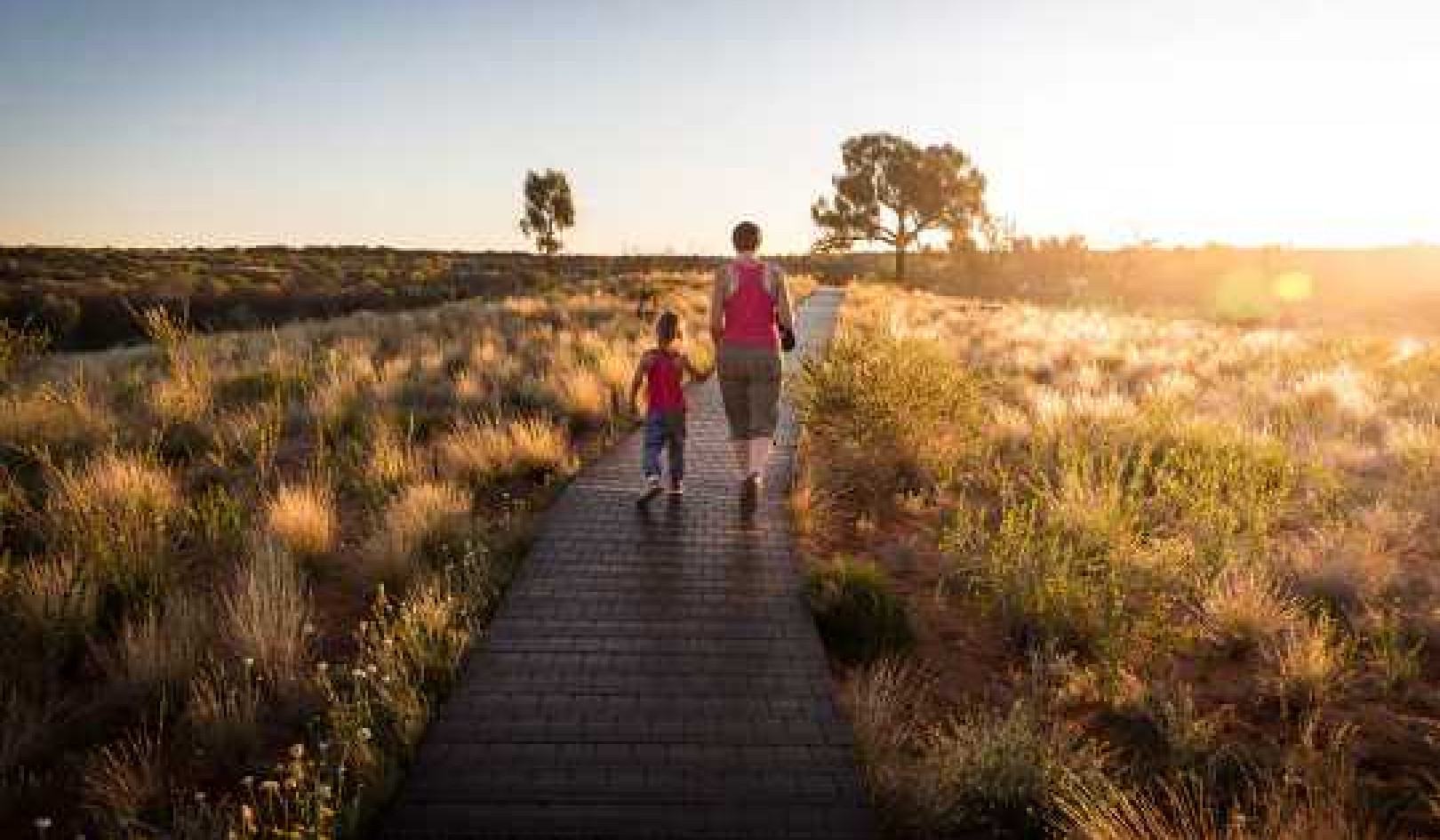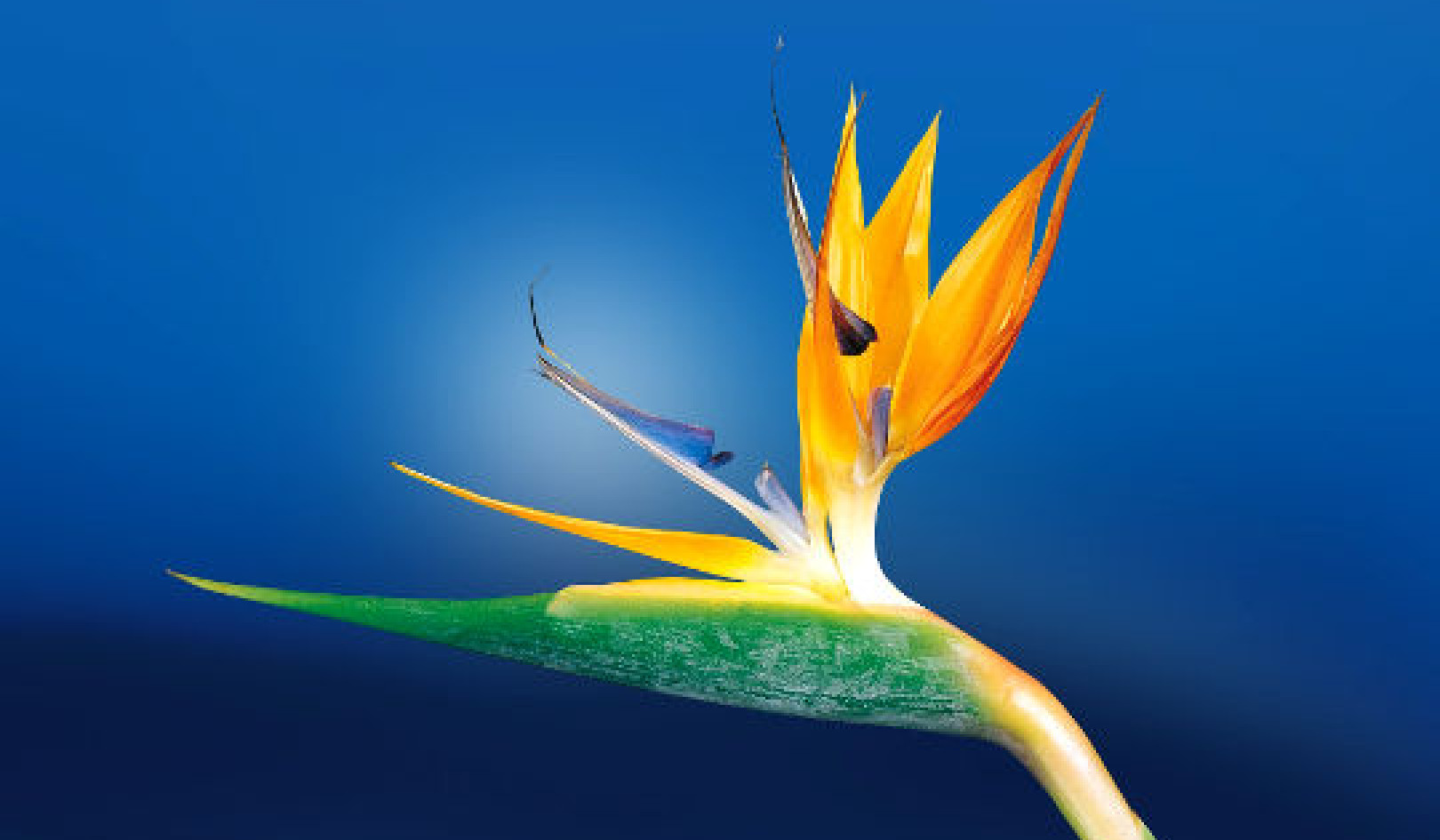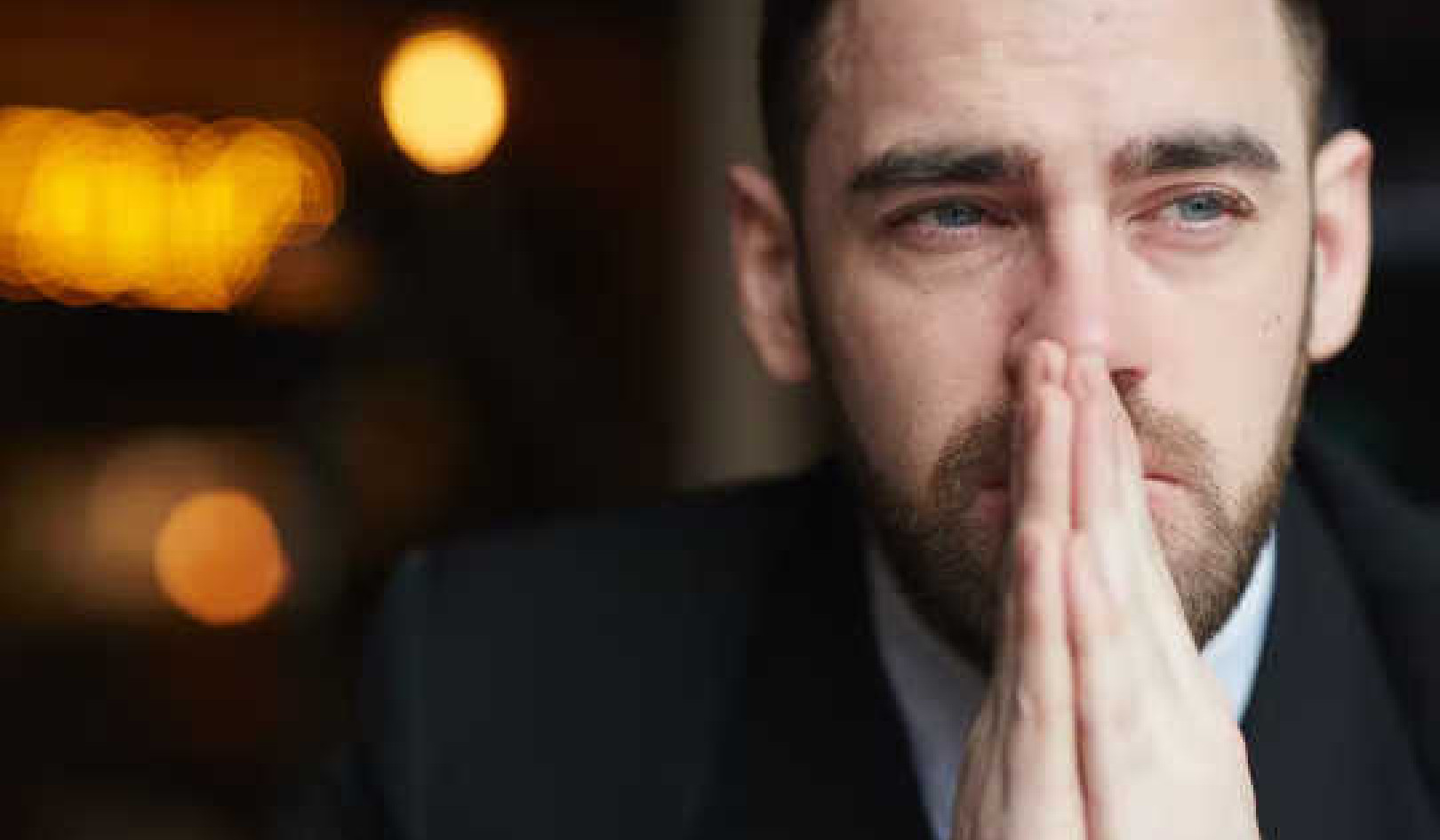
Image by Carlos Alvarenga
Article Summary: This article draws from various spiritual and personal experiences and highlights how questioning beliefs and developing internal guidance can lead to greater wisdom, self-awareness, and authenticity. By moving beyond reliance on external authorities and nurturing our own ideas, feelings, and intuitions, we can create a more fulfilling and balanced life.

Reclaiming Independent Thinking and the Right to Doubt
by Connie Zweig, Ph.D.
Although we may need outer authority for guidance at some stages of life, at another we need to develop beyond these parental figures and cultivate our internal resources—our own ideas, beliefs, feelings, intuitions, images, and actions.
A Lot of Questions
In his book The Double Mirror, Tibetan Buddhist student Stephen Butterfield described the process of relinquishing his doubts and queries in order to follow a Buddhist path. He had a lot of questions for his teacher, Trungpa Rinpoche. But the teacher responded, “Do not intellectualize overmuch. Just do the practices, and their cumulative wisdom will become apparent as you go along.”
Butterfield tried to follow this advice, but he was never able to completely silence his questions or find satisfactory answers to them. Instead, his questions went underground, banished into the shadow, so that he could gain Trungpa’s acceptance, belong in the sangha, and receive initiations.
After a long series of disappointments and betrayals, Butterfield could no longer stand the tension between the sustenance of his inner experience and the destructiveness of his organization and its teachers. He stopped practicing.
And all his questions erupted—those he had ignored because they were too threatening and those he had carefully avoided because he believed they would block his way. Some questions were too basic to ask without embarrassment. Others revealed pride and egotism or resistance to the guru, which was fatal.
Why was he doing the practices? What did they have to do with enlightenment? Is Buddhism a vehicle or a crutch or a shell, useful only until we hatch from it? Does Buddhism even exist apart from the activity of minds using it as a frame of reference? Were the robed men to whom he had bowed over and over any more awake than anyone else? If they were not, who was? And, finally, if his questions were coming back as a result of not practicing, then was his practice repressing them?
Loss of Independent Thinking
This loss of independent thinking may occur within any tradition. A former member of Herbert W. Armstrong’s Worldwide Church of God told me that when the end-of-the-world predictions of the “prophet” failed to come true, he was terrified of questioning their validity. He still held out the hope that, at Armageddon, he would be saved with the rest of the faithful. So he submerged his doubts.
But, years later, when allegations of incest by Armstrong surfaced, my client’s doubts forcefully erupted into consciousness: Perhaps Armstrong was not all-perfect or all-knowing. Perhaps he was flawed. Or perverted. The seismic force of those thoughts shook his belief system and broke him open. Slowly, and with support, he worked to develop a more complex and nuanced view of his religious teacher. He became able to value certain qualities in Armstrong and to reject others, to appreciate certain teachings and to disclaim others for himself.
Making Your Own Choices
A similar process occurred for a client who was raised in the Christian Science church. When her elderly parents, who were lifelong members, became gravely ill and had to choose between using medicine or facing death, they both went to a doctor for the first time in their lives. As a result, their church shunned them.
My client reported, “It was horrible to watch these two old people being abandoned by the very church they had supported. I had seen miraculous healings and had felt the sweetness of community. But with this act of judgment and rejection of my parents, all of my doubts came crashing in.”
Our religious leaders and institutions teach us that we must choose between faith and doubt. So, to be believers, we bury our doubts and adopt the languages and beliefs of our communities. Our longing for certainty and our intolerance of ambiguity lead us to seek simple black-and-white answers.
As a result, we give the power of definition over our lives to others. They circumscribe how we spend our time and money, eat, dress, have sex, marry—and what we believe. They delimit right thinking from wrong. They define who is on god’s side and who is not. They proclaim who is going to heaven or becoming enlightened and who is not. As believers, we gain certainty, access to the sacred, and the promise of salvation. Therefore, our questions become taboo, forbidden thoughts that threaten to topple the system of beliefs.
Cultivating the Faith to Doubt and to Question
Instead, I suggest that we cultivate the faith to doubt—the trust or confidence to explore more fully and honestly what we actually believe. Our forbidden thoughts can show the way; they can guide us toward the shadow, where, like hidden treasure, our disowned ideas, opinions, and doubts lie dormant.
When I was beginning to separate from my meditation community, I remember thinking that there must be some value to emotional attachment, which in my tradition was viewed as a trap in samsara, the transitory world of suffering. Until that thought snuck up on me, I deeply believed that the only way to liberation was to remain free of all attachment, whether to comfort, love, money, beauty, or another human being.
But that forbidden thought opened a tightly shut door. I could see that my attachment to nonattachment had deeply personal, emotional roots. That spiritual premise supported my terrors of intimacy, sexuality, failure, and death. I gradually came to believe that I needed to face those fears by going through them, rather than avoiding them. I needed to take a psychological journey through my fears before I reached a level of consciousness or stage of awareness in which nonattachment would emerge spontaneously.
This led me to sort out other teachings that I had absorbed without discrimination. For example, before becoming a meditation teacher I had been a political activist. But when I came to believe that meditation reached the source of problems—consciousness—and, therefore, it was pointless to struggle with symptoms, I stopped all political and social action.
Today I see the narrowness of this assumption. A spiritual practice that is purely introverted and without any social engagement risks self-absorption. It also risks colluding with sexist, racist, oppressive, and corrupt political and economic systems and, therefore, furthering the suffering of other human beings.
I came to conclude that, while my practice held great value in the spiritual line of development, it had severe limits. And some of the teachings surrounding it were inadequate or even destructive as they were lived in the West. This distinction enabled me to reclaim my independent thinking and my faith to doubt. I could affirm my holy longing, while clarifying the extent to which my attitude toward meditation had hampered my emotional, cognitive, and political development.
Finally, I could begin to hold both the positive and negative sides of my experience, which enabled me to heal the internal opposites that accompany black-and-white thinking: light and dark, masculine and feminine, believer and infidel, sacred and secular.
Mature Spirituality: Holding the Tension of Opposites
With mature spirituality, we can hold the tension of opposites, such as immanent and transcendent, and see the beauty in paradoxes, such as a human being who is wise and has a shadow. Paradoxical thinking— both/and—frees us from the self-righteousness of either/or thinking. And it can slowly release us from the need for certainty and open us to the mystery of life.
Finally, we can learn or, in some cases, relearn how to define our own values and compose our own lives. The aim here is not, as cult deprogrammers suggest, merely to normalize those leaving spiritual communities; it’s not to help disillusioned believers conform or adjust to conventional values. The result of that approach is regressive, and the student who views his or her years of engagement as “missing years” is often filled with regret. The teacher or group is then viewed as bad, and the family or society becomes good, which leads to the opposite split involved in membership.
Instead, our aim is to integrate and move beyond our individual and group experiences in spirituality in such a way that evolution continues. We include and transcend those insights, as Ken Wilber puts it. As the past spiritual persona with all of its attendant roles and values dies, a new life is born.
Copyright 2023. All Rights Reserved.
Adapted with permission of the publisher,
Park Street Press, an imprint of Inner Traditions Intl.\
Article Conclusion: Cultivating inner resources and embracing the faith to doubt are crucial steps toward personal and spiritual growth. By questioning our beliefs and exploring our inner wisdom, we can break free from the confines of rigid external authorities and discover our true potential. This journey not only enhances our self-awareness but also leads to a more authentic and balanced life. Embrace the power of doubt and the richness of your inner resources to transform your life.
Article Source:
BOOK: Meeting the Shadow on the Spiritual Path
Meeting the Shadow on the Spiritual Path: The Dance of Darkness and Light in Our Search for Awakening
by Connie Zweig.
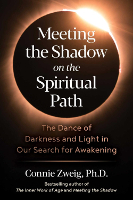 Within each of us is a spiritual longing that prompts us to unite with something greater than ourselves, to awaken to our unity with all of life. Yet, no matter the spiritual path we choose, we inevitably encounter our own shadow, those unconscious aspects of ourselves that we suppress or deny, or the shadows of our teachers and their secret desires about money, sex, and power. Meeting the shadow can derail the journey, but, according to Connie Zweig, Ph.D., we can learn to recover from loss of faith and move from spiritual naivete to spiritual maturity.
Within each of us is a spiritual longing that prompts us to unite with something greater than ourselves, to awaken to our unity with all of life. Yet, no matter the spiritual path we choose, we inevitably encounter our own shadow, those unconscious aspects of ourselves that we suppress or deny, or the shadows of our teachers and their secret desires about money, sex, and power. Meeting the shadow can derail the journey, but, according to Connie Zweig, Ph.D., we can learn to recover from loss of faith and move from spiritual naivete to spiritual maturity.
For more info and/or to order this book, click here. Also available as a Kindle edition and as an Audible Audiobook.
About the Author
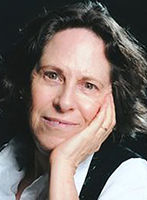 Connie Zweig, Ph.D., is a retired psychotherapist, former executive editor at Jeremy P. Tarcher Publishing, former columnist for Esquire magazine, and contributor to the LA Times. Known as the Shadow Expert, she is the coauthor of Meeting the Shadow and Romancing the Shadow and author of Meeting the Shadow of Spirituality and a novel, A Moth to the Flame: The Life of the Sufi Poet Rumi.
Connie Zweig, Ph.D., is a retired psychotherapist, former executive editor at Jeremy P. Tarcher Publishing, former columnist for Esquire magazine, and contributor to the LA Times. Known as the Shadow Expert, she is the coauthor of Meeting the Shadow and Romancing the Shadow and author of Meeting the Shadow of Spirituality and a novel, A Moth to the Flame: The Life of the Sufi Poet Rumi.
Visit the author's website: ConnieZweig.com




























